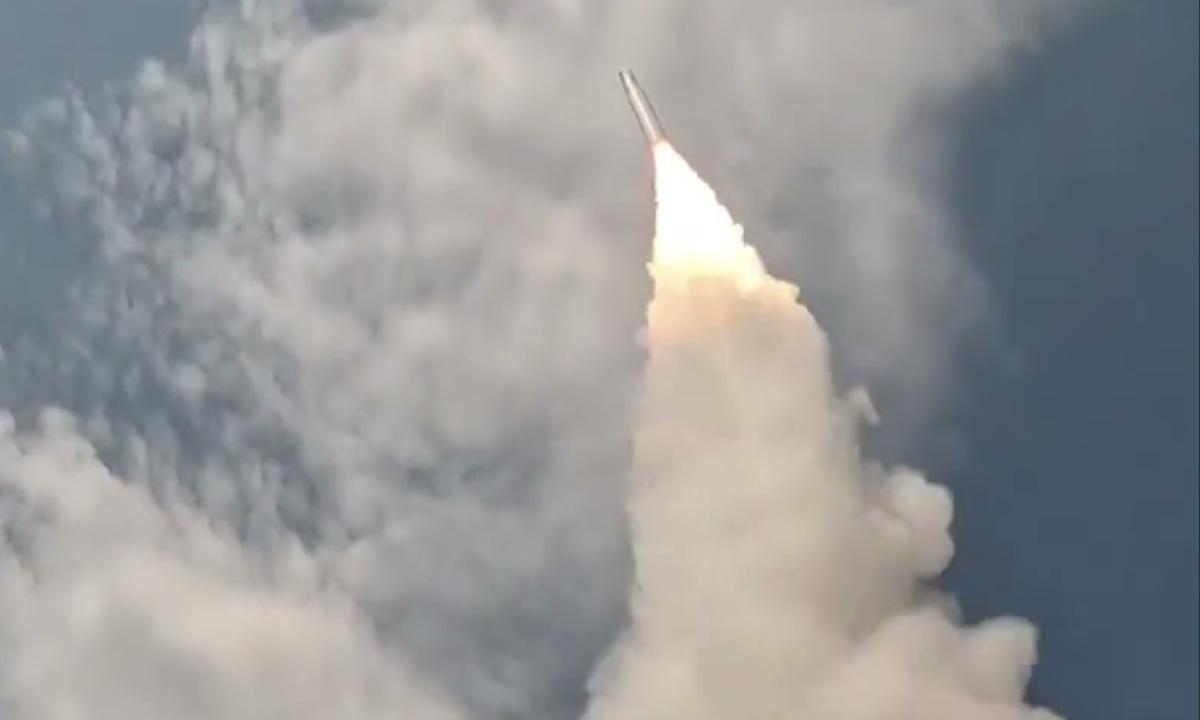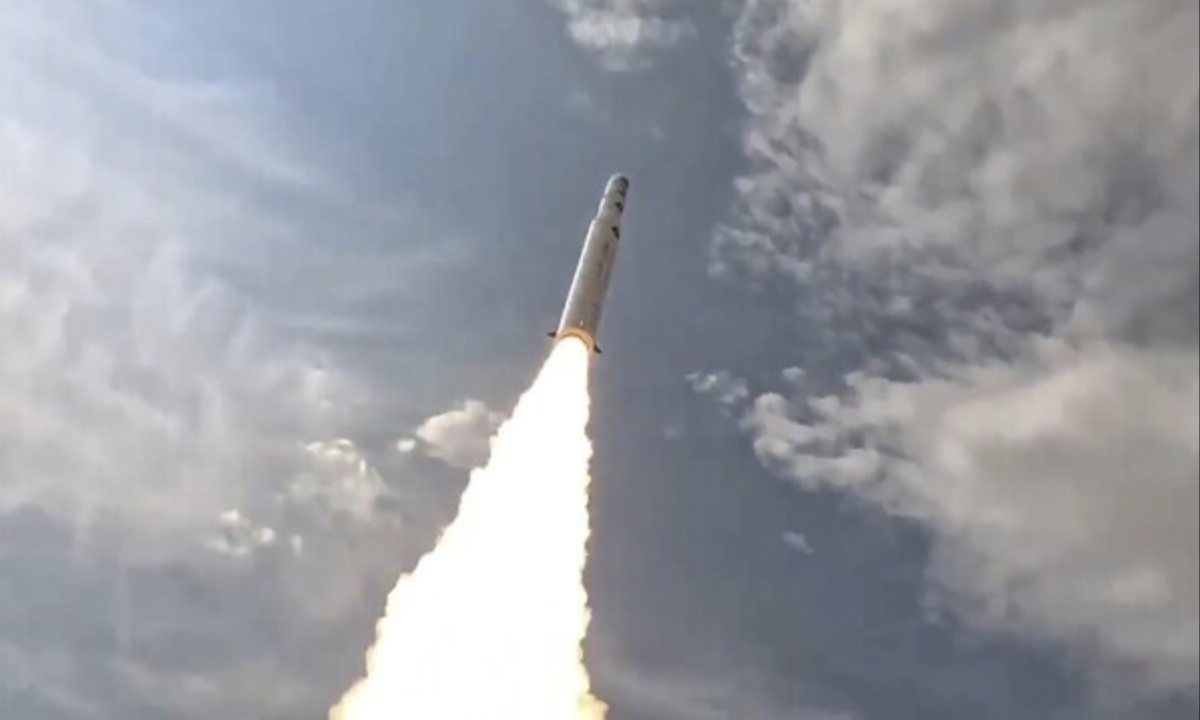Iran’s paramilitary Revolutionary Guard successfully launched a satellite into space using a Qaem-100 rocket, which has raised concerns among Western nations about the potential advancement of Iran’s ballistic missile program.
The satellite, named Chamran-1, was placed into orbit approximately 550 kilometers above Earth, marking Iran’s second such successful satellite launch. While Iranian media emphasized the peaceful purposes of the launch, international observers fear that the technology could contribute to Iran’s missile capabilities.
This satellite launch occurred against the backdrop of growing tensions in the Middle East, notably due to the ongoing Israel-Hamas war, and Iran’s involvement through missile and drone attacks. At the same time, Iran’s uranium enrichment activities have continued, edging closer to weapons-grade levels, which further heightens concerns about the potential military applications of its space program.
The U.S. State Department reiterated its position that Iran’s satellite launches serve as a pathway to enhancing its missile systems, despite Iran’s assertions that its space efforts are purely civilian.

Iran’s Revolutionary Guard launches satellite into orbit amid Western concerns over its advancing missile capabilities
The Qaem-100 rocket used for the launch is a three-stage, solid-fuel vehicle, and Iran’s Defense Ministry helped design the satellite to test orbital technology.
The launch was seen as a significant achievement by Iran’s leadership, with the head of the Revolutionary Guard praising the accomplishment in light of the international sanctions imposed on the country. However, the U.S. and its allies continue to use nonproliferation tools to counter Iran’s growing missile capabilities.
The United States has also criticized Iran for violating a U.N. Security Council resolution that discourages activities related to ballistic missiles capable of carrying nuclear weapons.
Although U.N. sanctions on Iran’s missile program expired last year, the U.S. has expressed concerns that Iran’s satellite launch technology could expedite the development of intercontinental ballistic missiles (ICBMs), which share similarities in technology. These fears are compounded by Iran’s advancing uranium enrichment capabilities.
Finally, the launch comes at a politically sensitive time for Iran, as the country approaches the second anniversary of widespread protests following the death of Mahsa Amini.
Iran’s new leadership under President Masoud Pezeshkian remains silent on the future of the space program, though the hardline approach of previous administrations has contributed to the ongoing push for space and missile technology advancement. Iran maintains that its space activities are strictly for civilian purposes, despite skepticism from the international community.











































